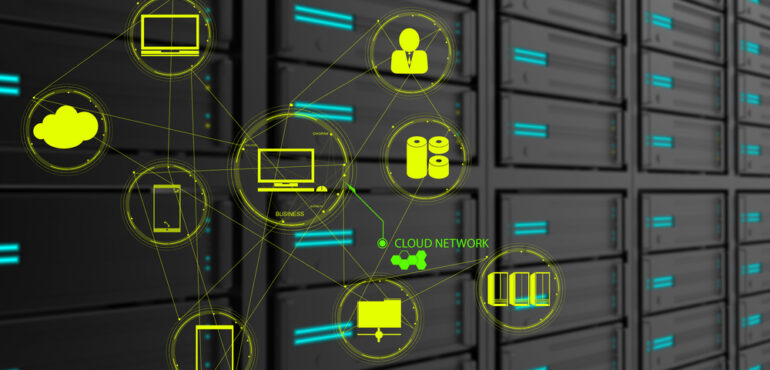Future-Proofing Infrastructure Design: Adapting to Technological Advancements
The disruptive nature of the digital revolution in the last couple of decades has been nothing short of astonishing. Still, the digital landscape continues to evolve rapidly, with new technologies developed and released every other day. When you think you have a top-of-the-line solution, the “next big thing” drops, setting you back in your digital transformation journey.
As businesses strive to keep up with the constantly advancing technology and ever-increasing consumer expectations, becoming agile is critical, which is why you must have a proper and future-ready IT infrastructure. However, it can be a struggle to modernize your systems while sticking to your budget. Read on to learn simpler and more effective ways to future-proof your infrastructure.
How to Build a Future-Proof IT Infrastructure
Select a Vendor with a Solid Track Record
A key indicator of how well a vendor will serve you in the future is how well they have performed in the past. It’s in your best interest to do your homework and identify the supplier with a solid track record, experience, and reliability in meeting mission-critical infrastructure needs. Is the prospective vendor known to provide stable and consistent architecture? Or does the architecture demand dramatic changes during updates?
Look for Complete Solutions
Organizations get the best results and attain greater efficiency from servers, storage, and networking gears designed to work together. Purchasing a complete IT package from the same vendor is a key step in future-proofing your infrastructure instead of sourcing different components from different vendors. For instance, for end-to-end solutions like desktop virtualization, choosing a vendor that can supply and support end-user devices is wise. Besides, consolidating your infrastructure design with a single vendor simplifies contract management and support and reduces the total cost of ownership.
Commit to Innovation
Make customer-led innovation part of your organizational culture. The commitment to innovation should be more than just consistently seeking ways to minimize costs. It also involves developing or seeking out solutions that reduce complexities and save time and money while delivering quality experiences. This means IT leaders should be constantly on the lookout for emerging innovative solutions.
Choose Products with Superior Agility and Flexibility
The tech environment is changing at a rapid pace, so your infrastructure should be able to keep up. While planning for the future, it makes sense to add or upgrade components of your existing system instead of completely ripping out everything and replacing them with new ones. As technology advances and your organization grows, adapting and scaling with an agile and flexible IT infrastructure will be faster and more cost-effective.
Prioritize Reliability
Design an infrastructure based on the foundations of resilience, redundancy, and recoverability. A resilient infrastructure comprises quality components designed to decrease the chances of failure. A redundant infrastructure leverages components to ensure uptime, while recoverability is concerned with getting operations back online as fast as possible following an interruption. Such an infrastructure demands that you should vendors and products have a reputation for reliability.
Final Thoughts
With the current trajectory, no one can tell what the future holds, so you must future-proof your infrastructure design. It means taking the necessary steps to flex and expand for as-yet-unknown needs and opportunities. The principle behind future-proofing is that you don’t change your core IT systems now and then as technology advances but have a flexible, learning, and scalable infrastructure that can adapt seamlessly. Comprehending and building a future-proof infrastructure can be challenging, but the tips above are good enough to get you started.
Should you need more information or assistance with future-proofing your systems, contact us today for a free consultation.
